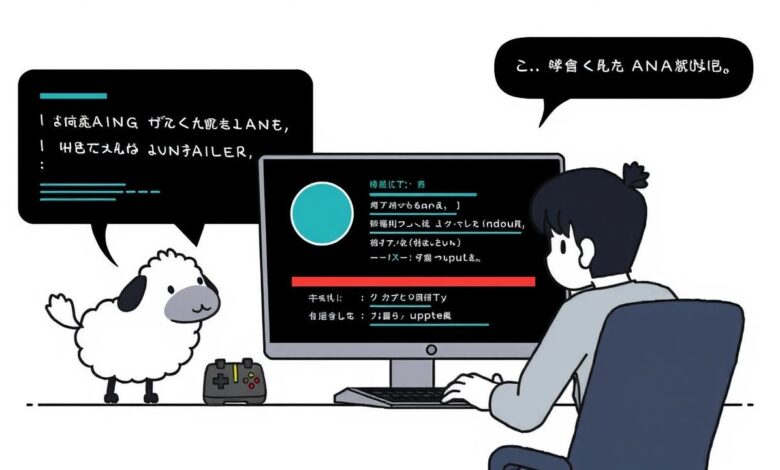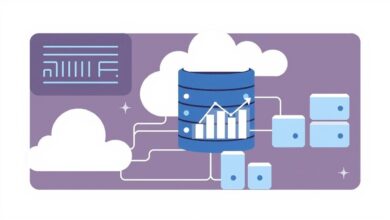Patch Management Strategy for Beginners: Staying Updated Safely

Welcome to the world of server management! As you embark on this journey, one of the most critical aspects you’ll encounter is keeping your systems secure and running smoothly. For beginners, this often starts with understanding and implementing a solid patch management strategy for beginners. Ignoring updates, or patches, is like leaving the front door of your server wide open to potential threats. This guide will walk you through the essential steps to stay updated safely.
Patch management is fundamentally about applying software updates to your systems. These updates fix bugs, introduce new features, and, most importantly, patch security vulnerabilities that attackers could exploit. Implementing a structured approach is key to avoiding downtime, security breaches, and operational issues. Whether you’re managing a single server or a small network, a formal patch management policy is the backbone of a secure environment.
Why Patch Management is Crucial for Beginners
You might wonder why something as seemingly simple as updating software requires a “strategy.” For beginners, it’s easy to think clicking “update” is enough. However, a proper patch management strategy goes beyond simple updates. It involves careful planning, testing, and execution to ensure updates don’t break existing systems or introduce new problems. For server environments, where stability and security are paramount, a haphazard approach can lead to significant issues.
Cybersecurity threats are constantly evolving. New vulnerabilities are discovered daily, and software vendors release patches to address them. Promptly applying these patches is often the first and most effective line of defense against many common attacks. A robust patch management strategy ensures you’re not leaving known security holes unaddressed.
Key Steps in a Patch Management Strategy for Beginners
Building a successful patch management strategy involves several interconnected steps. While the exact number of steps can vary, the core process remains consistent. Here’s a breakdown of the essential practices based on common frameworks:
1. Inventory Your Systems
You can’t manage what you don’t know about. The first step in any effective patch management strategy for beginners is creating and maintaining an up-to-date inventory of all production systems. This includes servers, workstations, network devices, and the software running on them. Knowing exactly what you have helps you track which systems need which patches.
[Hint: Insert image/video illustrating system inventory management software or a checklist]2. Develop a Patch Management Plan/Policy
Don’t just react to patch releases; plan for them. Establish a formal policy outlining your organization’s approach to patch management. This policy should define responsibilities, timelines for applying different types of patches (e.g., critical vs. non-critical), communication procedures, and rollback plans. Having a documented plan ensures consistency and clarity.
3. Standardize Your Systems
Where possible, standardize the operating systems and applications used across your environment. A diverse mix of software versions and configurations makes patch management significantly more complex. Standardization simplifies testing, deployment, and troubleshooting.
4. Categorize Assets and Prioritize Patches
Not all systems and patches are equally critical. Categorize your assets based on their importance to your operations and the data they handle. Assign risk levels to systems. Then, prioritize patches based on the severity of the vulnerability they address and the criticality of the affected system. High-risk vulnerabilities on critical systems should be patched first.
5. Test Patches in a Non-Production Environment
This is a crucial step that beginners often overlook. Before deploying patches to your live production systems, test them thoroughly in a separate, non-production environment that mirrors your production setup. This helps identify potential bugs, compatibility issues, or conflicts before they impact your critical operations. Skipping testing is a recipe for disaster.
[Hint: Insert image/video showing a testing environment setup]6. Apply Patches Consistently and Promptly
Once tested and approved, apply patches according to your established policy and prioritization. Consistency is key. Don’t let patches pile up, as this increases your exposure window and makes large-scale patching more complex and risky. Prompt application, especially for critical security patches, is vital.
7. Leverage Automated Patch Management Software
Manually patching multiple systems is time-consuming and prone to human error. As your environment grows, leveraging automated software becomes essential. Patch management tools can automate scanning for missing patches, testing, deployment, and reporting, significantly streamlining the process and reducing delays.
8. Stay Informed About the Latest Updates
Patch management isn’t a one-time task; it’s an ongoing process. Stay informed about the latest security patches and updates released by software vendors. Subscribe to security bulletins and monitoring services. Knowing about a critical vulnerability and the available patch as soon as possible allows you to act quickly.
For more details on keeping your server’s operating system and software up-to-date, check out our guide on Keeping Your Server OS and Software Updated.
Overcoming Common Challenges
Even with a solid strategy, you might face challenges like patch failures, compatibility issues, or the sheer volume of updates. Proper testing (Step 5) is your best defense against compatibility problems. Having rollback procedures in place (part of Step 2) allows you to quickly revert if a patch causes issues. Automated tools (Step 7) help manage the volume. Continuous learning and staying informed (Step 8) are essential for tackling unexpected issues.
The Importance of Staying Updated Safely
The ultimate goal of a patch management strategy for beginners is not just to update, but to update *safely*. This means minimizing the risk of introducing instability while maximizing the security benefits. Following a structured process—from inventory and planning to testing and prompt application—achieves this balance. A well-patched system is more stable, performs better, and is significantly less likely to fall victim to common cyber threats.
According to the Cybersecurity & Infrastructure Security Agency (CISA), exploiting known vulnerabilities is a primary attack vector. Proactive patch management is a direct countermeasure to this. It reduces your attack surface dramatically. Learn more about cybersecurity best practices from CISA.
[Hint: Insert image/video illustrating cybersecurity risks and patching]Conclusion
Patch management might seem daunting at first, but by breaking it down into manageable steps, even beginners can establish an effective strategy. Develop your inventory, create a plan, prioritize patches, test rigorously, apply consistently, automate where possible, and stay informed. Implementing a robust patch management strategy for beginners is a fundamental step towards maintaining secure, reliable, and well-performing systems in today’s digital landscape. Start today to protect your valuable data and operations.




